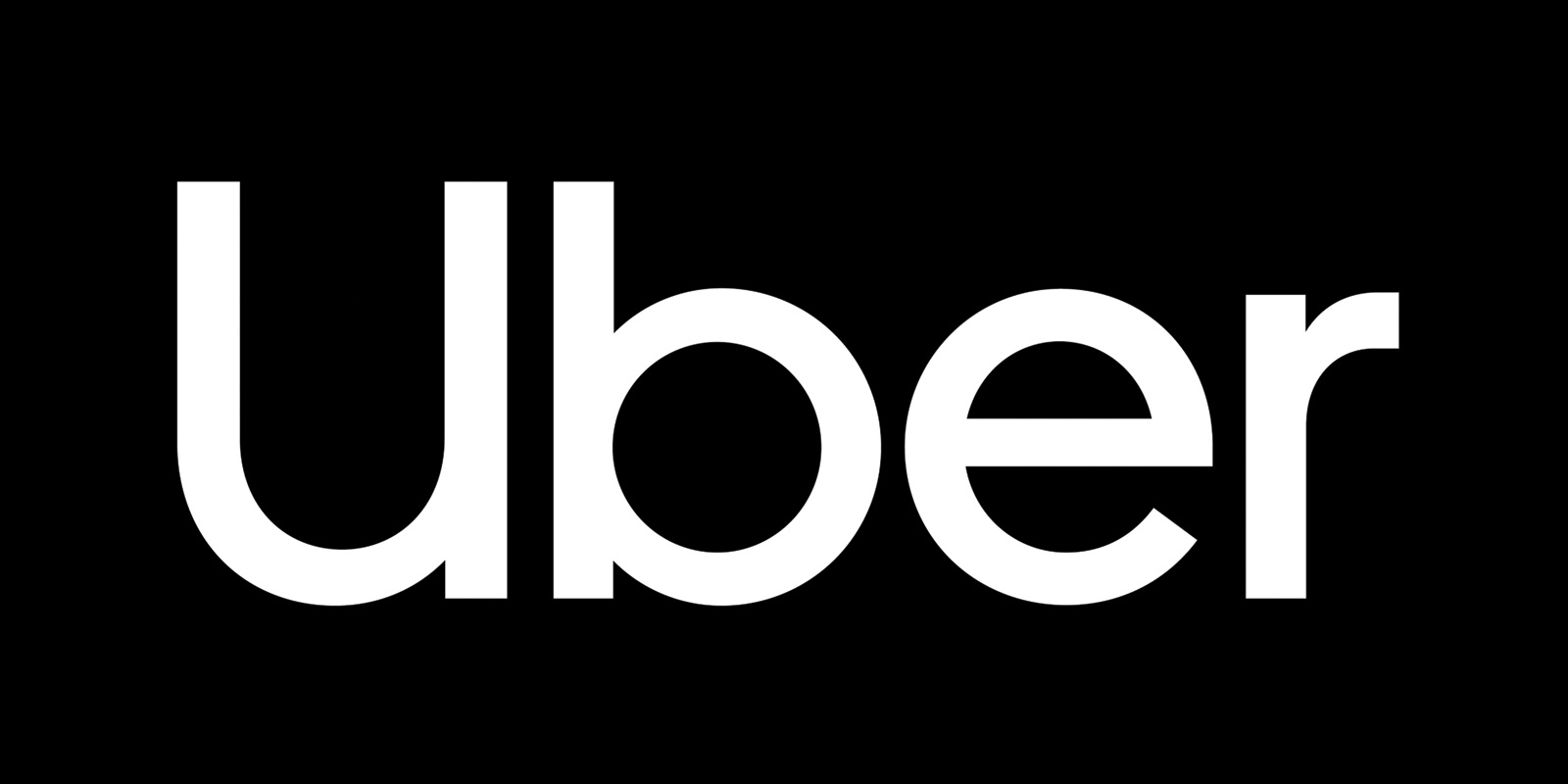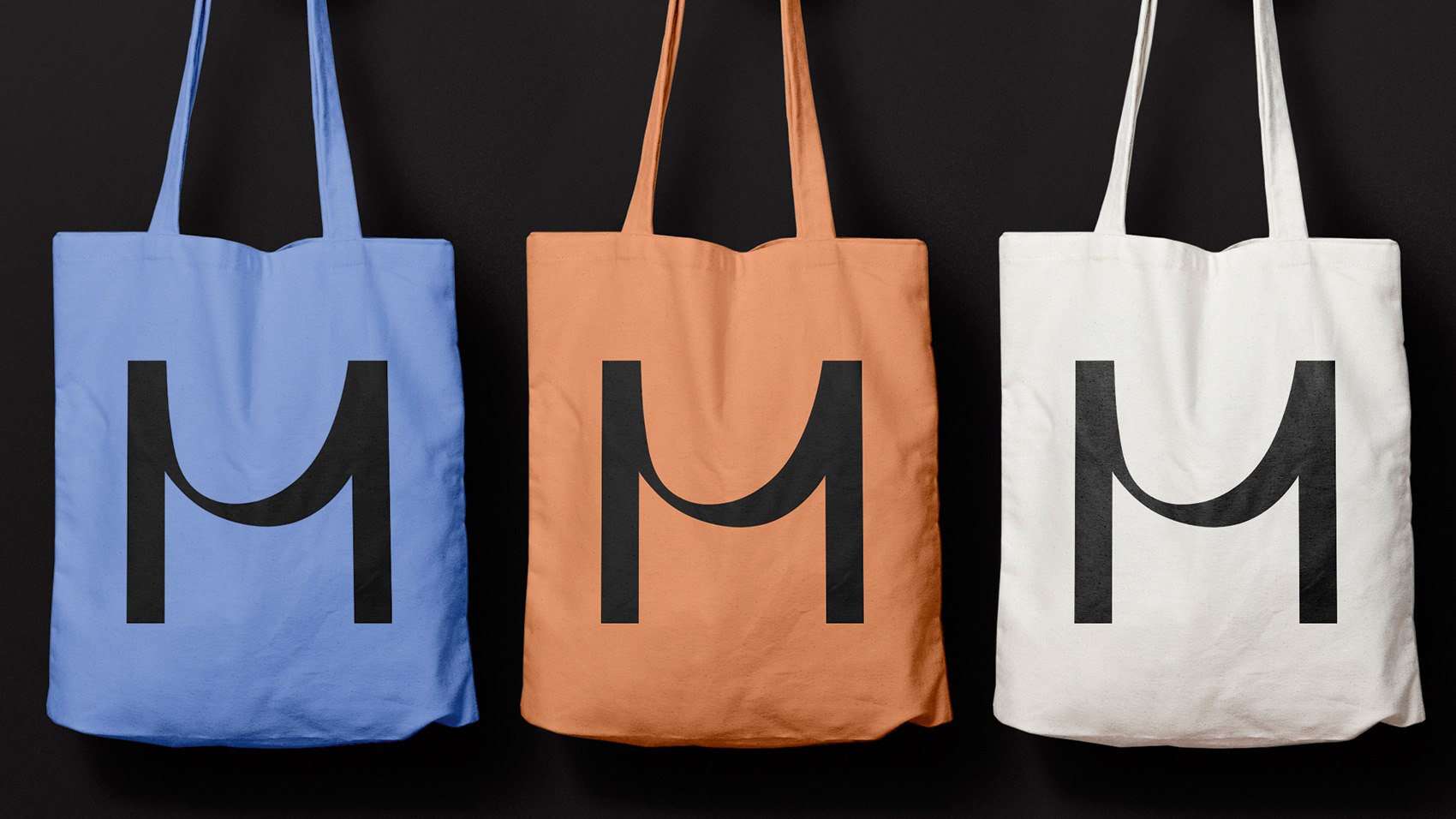8 inspiring graphic design game-changers
These are the individuals shaping the design world of the future.
Forest Young

San Francisco-based Forest Young is head of design and global principal for Wolff Olins and has some of the most recognisable recent branding projects under his belt, including the 2018 Uber redesign. At the heart of Young’s work is considerations around accessibility and design, and how today’s brands must engage with tech while remaining relevant and smart across cultural divides, like language barriers. Alongside his design work, Young has also had his art displayed at MoMA and other museums worldwide, having also written about design, tech and culture for several platforms. Is there nothing the man can’t do?
Some of the biggest names in US design are certainly quick to sing his praises. “In the bleak and enervated world of corporate brand identity, Forest Young brings two things that are desperately needed: joy and common sense,” says Michael Bierut, Pentagram New York partner. “Forest never forgets that design, at its best, is something that human beings do for the benefit of other human beings.”

Dana Arnett, founding partner and vice chairman at VSA Partners and current president of AIGA’s national board of directors adds: “In today’s information rich world, rarely do you find a designer who creatively dances across multiple mediums with such masterful fidelity. Forest not only cuts through the clutter, he always finds a way to illuminate the beauty and truth of an idea”.
With much of Young’s design work focusing on tech brands, the designer says that the most important considerations are to “be reassured that all brands are simply human relationships, or the attempt to build one, and that technology alone can never fully satisfy a human need.” He adds: “It is also important for designers not to succumb to the monotonous aesthetic that has become normalized in the world of tech, rife with geometric sans typography flanked by flat illustrations”.
As such, it’s little surprise that he cites his Uber rebrand as one of the projects he’s most proud of in his career. “It was a turning point for their company and the world-at-large who was growing sceptical about the merits of tech unicorns,” says Young. “The design team worked tirelessly to make an outcome that felt elegantly simple.”
Zach Lieberman

Even a cursory glance at Zach Lieberman’s most recent projects is very much a 'woah, really?' sort of experience. New York City-based artist, educator and coder Lieberman is the guy making the sort of projects we thought only possible in action thrillers, or in our wildest imaginations.
Take the eyewriter project, for instance: a low-cost, open source hardware and software toolkit that helps people draw with their eyes. Or the IQ font, a project where a stunt driver drives a typeface. Yes, really.
“I want to make visual forms that are playful, whimsical and absurd and that engage and extend the body and space,” says Lieberman. “I think the round trip from body to brain to body is interesting. I also am interested in creating visual forms that are ambiguous, where your brain has to work a little harder – 3D that feels like 2D, and 2D that feels like 3D.”
One of Lieberman’s most admirable achievements was his role in helping create the School for Poetic Computation in 2013, having been teaching for a decade at Parsons School of Design. This idea was to create a “low-cost, alternative school” where students study for short 10-week sessions – a “mixture of an artist residency and an intensive seminar” exploring how electricity, code and theory can come together to make poetry.

At the heart of Lieberman’s practise is interactivity: making the viewer an active participant. “Interactive work is about asking questions of the audience, about inviting the audience to become performers, and I find often they bring their creativity and visions to the work I do,” he tells us. “I build systems, not objects, and when you invite people to play and engage with these systems you can see the boundaries more clearly. I learn so much about my work seeing other people engage with it.”
Daily design news, reviews, how-tos and more, as picked by the editors.
Wolff Olins New York design director Jan Eumann can’t get enough of Lieberman’s “amazing experiments” with tracking and generative design. “He keeps it rather loose but with an obsession to explore and iterate around a single approach,” says Eumann. “That’s something we, and branding overall, should and could aspire to: thinking about visual identity as a living and breathing organism – something never implemented by anyone, but super exciting as future opportunity.”
This article was originally published in Computer Arts, the world's best-selling design magazine. Buy issue 288 or subscribe.
Read more:

Emily Gosling is a freelance art and design journalist currently writing for titles including Creative Review, Eye on Design, Creative Boom and People of Print. She’s previously worked at Elephant magazine, It’s Nice That and Design Week, and was editor of Type Notes magazine. Her book Creative Minds Don’t Think Alike was published by Ilex Press in 2018, and she also plays bass as one-quarter of the eight-titted beast, Superstation Twatville.
